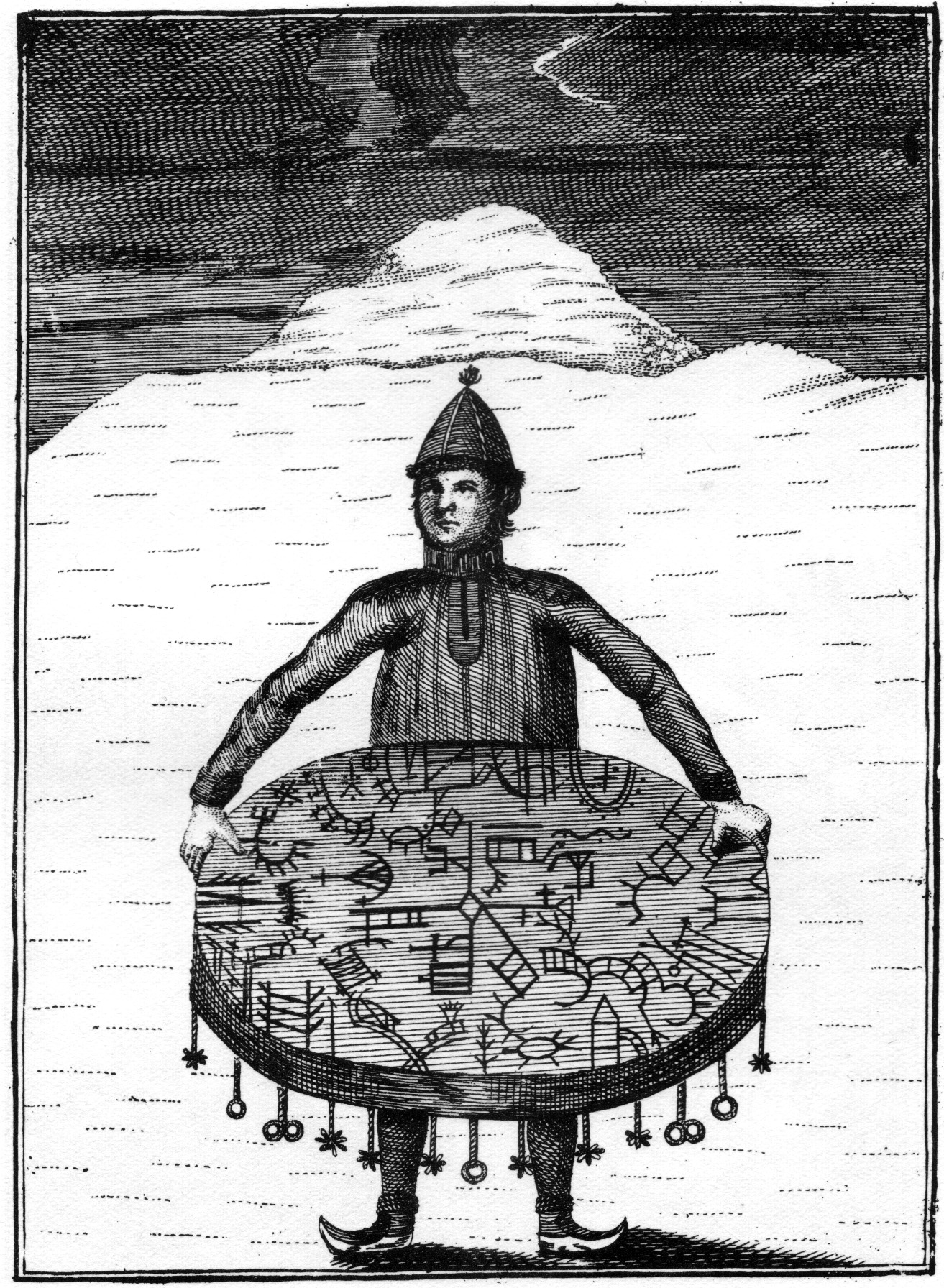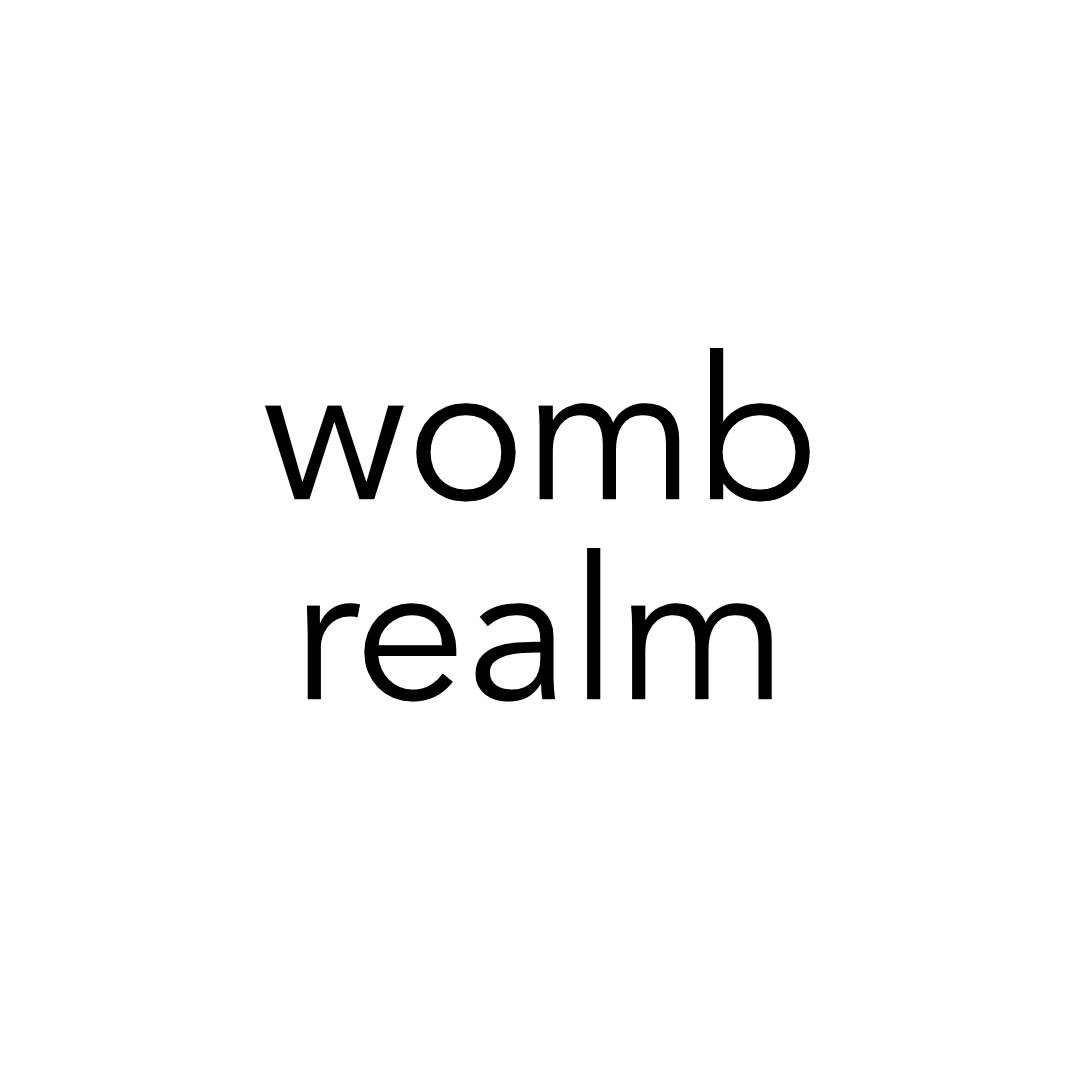Category: 500-1500CE
-
House of the vital force
In the spiritual realm the pè, or life force, lived within various natural elements including wind, breath and was believed to be the spirit, or vital force, of all beings. (Describing of a temple from the Zapotec people, Mexico). Spiritual realm realm field domain When i think about a realm i see a space where thoughts,…
-

The drum to get in trance
Indigenous Sámi religion The Sámi (/ˈsɑːmi/ SAH-mee; also spelled Sami or Saami) are the traditionally Sámi-speaking peoples inhabiting the region of Sápmi, which today encompasses large northern parts of Norway, Sweden, Finland, and of the Kola Peninsula in Russia. Indigenous[167] Sámi religion is a type of polytheism. (See Sámi deities.) There is some diversity due to the wide area that is Sápmi, allowing for the evolution of variations in beliefs and practices between…
-
Mythical and historical past of Persia
The Shahnameh (Persian: شاهنامه, romanized: Šāhnāme, lit. ‘The Book of Kings’, pronounced [ʃɒːhnɒːˈme]), also transliterated Shahnama,[a] is a long epic poem written by the Persian poet Ferdowsi between c. 977 and 1010 CE and is the national epic of Greater Iran.
-

womb realm
Within the vision of the Sutra, the state of bodhi (“awakening, enlightenment”) is seen as naturally inherent to the mind – the mind’s natural and pure state and is viewed as the perceptual sphere of non-duality, where all false distinctions between a perceiving subject and perceived objects are lifted and the true state of things…